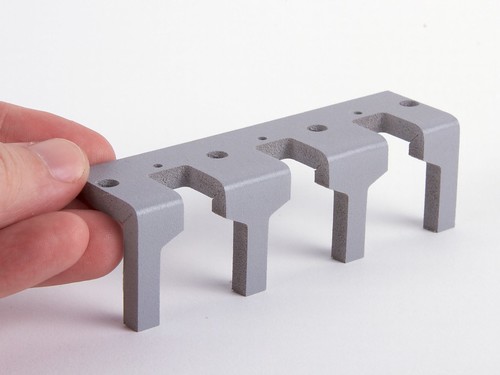Our reader Jon wrote in with a question about our open collector tutorial:
I really appreciated the tutorial, and I was able to follow along and understand it very well. One question I had was – what is the purpose of the 1 kilo-ohm resistor that is connected to the base of the PNP transistor? Because when the open collector is ‘high’ then the base of the transistor is at 12 V and it appears the 1 kohm resistor didn’t affect anything, and then when the open collector goes ‘low’ then the base is connected to ground through the output of the SN7407. So basically, what would the difference be if there was no 1 kilo-ohm resistor at all?
And, that’s actually an excellent question, about something that we usually gloss over.
The short answer is that this is a “base resistor” that we use to limit the maximum current that flows through the base of the PNP transistor. But, let’s take a look in a little more detail, and see what would happen if we didn’t have that there.











